
Xin Man, Ha Giang: What Makes This Region Special?
Xin Man district has a complex terrain, located in the upper Chay River mountain range, so it is mainly hills with steep slopes and divided by many streams.
Quan Ba Heaven Gate, often celebrated as Heaven’s Gate in Vietnam, is a remarkable tourist attraction nestled within the breathtaking landscapes of Ha Giang Province. As one of the most picturesque locations in the country, this site serves as a crucial gateway to the Dong Van Karst Plateau Geopark, which is acclaimed for its stunning natural beauty and rich cultural heritage, particularly that of the H’mong and Dao ethnic minorities. Visitors are drawn not only by the landscape’s allure but also by the opportunity to immerse themselves in the local culture and traditions. This article provides a detailed exploration of this captivating destination, offering insights into its location, attractions, activities, and tips for visitors to ensure a memorable experience.
Located along National Highway 4C, Quan Ba Heaven Gate is perched at an altitude of approximately 1,500 meters above sea level. This strategic position makes it accessible, being around 46 kilometers north of Ha Giang city center and just 3 kilometers from Tam Son town. Whether travelers choose to venture here by motorbike or car, the journey unfolds along scenic routes that wind through magnificent mountainous terrain.
Traveling to Quan Ba Heaven Gate takes about 1 to 2 hours, depending on the mode of transportation. The roads may present challenges, but the roughly winding paths provide breathtaking vistas that make the trip worthwhile. As visitors ascend the highlands, they are treated to stunning views of terraced fields, valleys, and towering mountains that envelop the area. This journey is not only about reaching a destination but also about experiencing the beauty that Vietnam’s northern landscape has to offer.
The ideal times to visit Quan Ba Heaven Gate are during the spring and autumn months, specifically from March to May and September to November. These periods showcase spectacular landscapes with vibrant flowering plants and lush ripe rice fields, while also benefiting from pleasant weather conditions. The comfortable temperatures and gentle breezes make the experience more enjoyable for visitors, allowing them to fully appreciate the beauty of the surroundings.
Conversely, it is advisable to avoid the rainy season, which typically occurs from June to August. During this time, the smaller roads can become slippery and difficult to navigate, which may pose challenges for travelers, particularly those on motorbikes. Planning a trip during the optimal months can greatly enhance the overall experience and ensure safer travel conditions.
| Essentials for Visiting | Description |
|---|---|
| Water | Stay hydrated during your exploration |
| Snacks | Pack light snacks for energy |
| Camera | Capture stunning landscapes and moments |
| Trekking Shoes | Comfortable footwear for hiking |
| Appropriate Clothing | Dress in layers for changing weather |
In summary, Quan Ba Heaven Gate presents a remarkable fusion of nature and culture, making it an essential destination for anyone traveling through northern Vietnam. From its stunning vistas and enriching cultural experiences to the thrill of hiking through picturesque landscapes, visitors are promised an unforgettable journey. Whether you’re an adventure seeker, a cultural enthusiast, or a photography lover, this enchanting site has something for everyone. By embracing the local culture and respecting the environment, you can leave a positive impact while taking home cherished memories from one of Vietnam’s most captivating locations. Quan Ba Heaven Gate truly exemplifies the beauty and depth that Vietnam has to offer, making it a must-visit for all.

Xin Man district has a complex terrain, located in the upper Chay River mountain range, so it is mainly hills with steep slopes and divided by many streams.
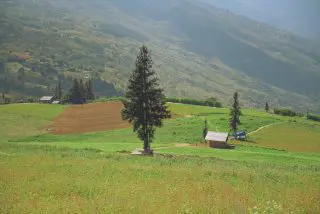
Venture into the untamed beauty of northern Vietnam with Vietnam Treasure and discover the magic of Suoi Thau Steppe. This captivating landscape offers a unique blend of cultural immersion and breathtaking natural scenery far from the bustling tourist trails.
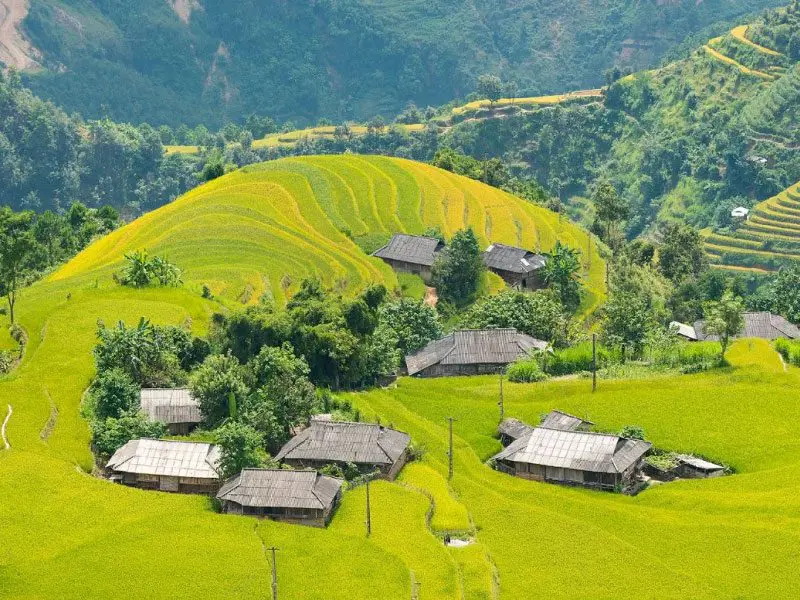
Nestled high in the mountainous region of Ha Giang, Phung Village (Ban Phung) is a hidden gem offering a glimpse into the authentic beauty and culture of Northern Vietnam.
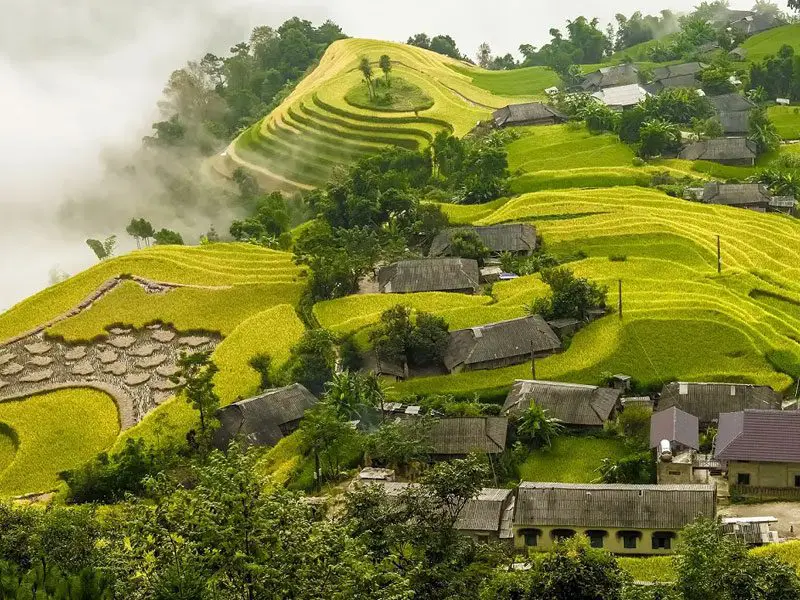
Stop at Thong Nguyen Village, and you will discover amazing beauty. This is a rugged and difficult mountainous area. Many people may think that nothing is interesting here. Join Vietnam Treasure to discover the beauty of Thong Nguyen Village.
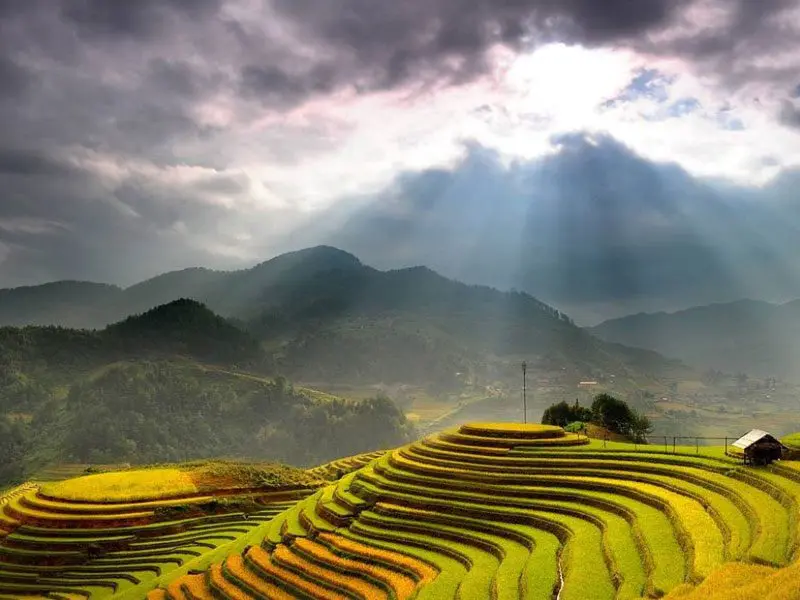
Its name, Hoàng Su Phì or Hoàng Thụ Bì, means “the yellow bark” in the Hmong language. It indicates the woods of weeping cypress, which is a local specialty.
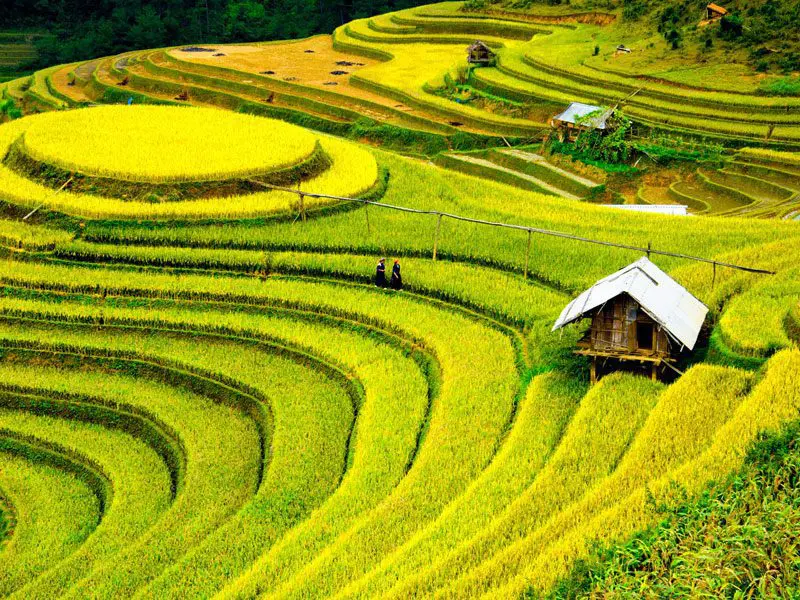
Hoang Su Phi terraced fields possess an undeniable charm, creating a mesmerizing scene—journey to Ha Giang with Vietnam Treasure to witness the brilliant golden rice harvest season. Although present in many countries, especially in Southeast Asia, terraced fields in Vietnam are deeply associated with the traditional agricultural activities of many ethnic groups in the northern mountainous region, such as the H’Mong, Dao, Nung, La Chi and Ha Nhi.
Tu San Canyon (Mèo Vạc district), the deepest canyon in Vietnam. It has a depth of about 800 m, a length of 1.7 km, and cliffs that slope 70° to 90°.

Discover the charm of Pao’s House, Ha Giang. Dive into local culture and scenic beauty. Plan your adventure now!
Copyrights @2025 Vietgo Travels. Terms and Conditions Privacy Policy
Hotline
+84 855 452 888 (Viet Nam) / +1 (206) 665 3090 (US)
Email: [email protected]
Website: www.vietgotravels.com
Head Office:
No. 23 Lo Su Street, Hoan Kiem District, Ha Noi, Viet Nam.
Viet Nam’s branch:
No. 35 Hang Quat Street, Hoan Kiem District,
Ha Noi, Viet Nam.
US:
831 41st Pl, Everett, WA 98201, USA